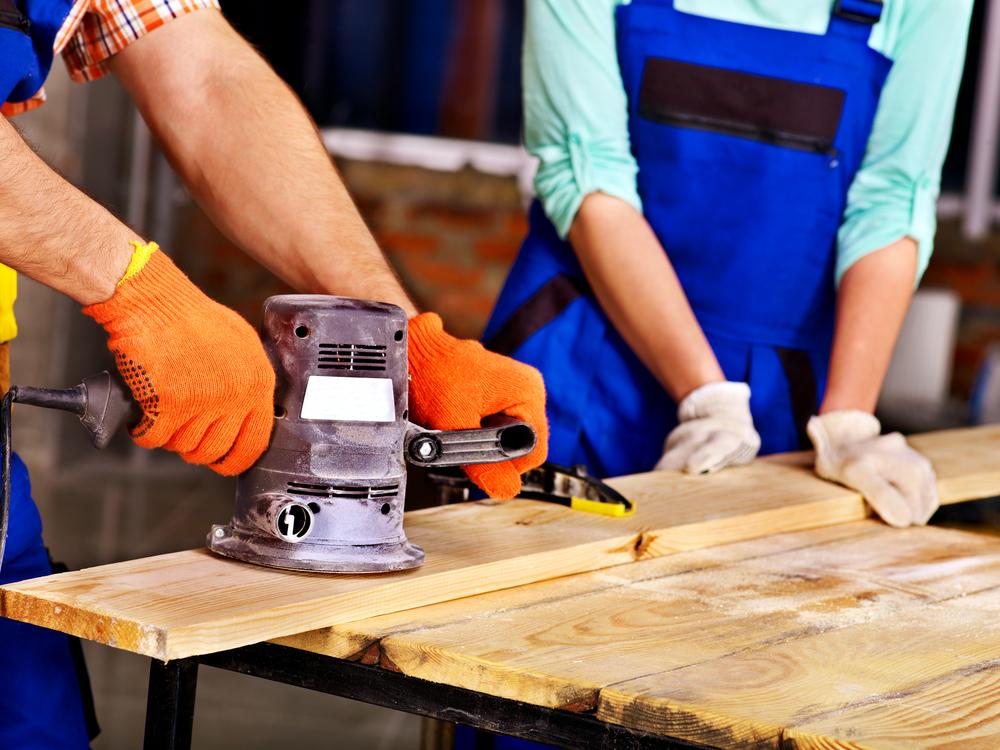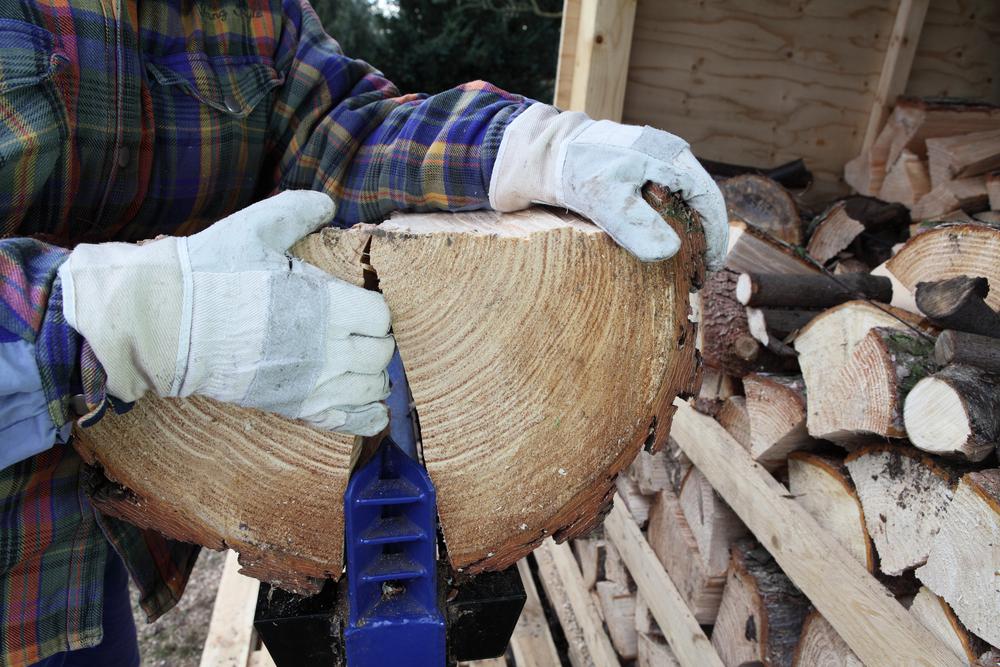Essential Safety Tips for Operating Power and Hand Tools
This guide offers essential safety advice for handling power and hand tools. It emphasizes protective gear, proper techniques, and regular inspections to prevent accidents. Following these tips ensures safer work environments for both novices and experienced workers, minimizing injury risks and promoting efficiency in tool operation.

Key Safety Practices for Using Power and Manual Tools
Every year, countless injuries and emergency room visits are linked to power and hand tools. Many incidents result from neglecting proper safety measures. By following essential precautions, accidents can be prevented. Whether you're a newcomer or seasoned professional, prioritizing safety ensures both protection and productivity. Here are critical safety guidelines for handling power and manual tools effectively and securely.
Power tools
These devices deliver substantial force, making it vital for users to maintain control to avoid mishaps.
To operate power tools safely, adhere to these tips:
Protect your eyes – Tools like drills and chainsaws can eject debris and dust. Always wear suitable goggles to prevent eye injuries.
Use hearing protection – Loud noises from power tools can harm hearing. Use ear plugs or muffs during prolonged use.
Wear gloves – Power tools can heat up, risking burns. High-quality gloves provide necessary skin protection.
Maintain control – Firmly grip tools with both hands, take breaks to reduce fatigue, and stay alert to prevent mishaps.
Use respiratory equipment – Dust and debris from grinding or demolition can harm your lungs. Masks or respirators help prevent inhalation of hazardous particles.
Avoid water contact – Most power tools are not water-resistant. Keep them dry to prevent electrical shocks or failures.
Inspect tools before use – Check that all parts are secure and in good condition to ensure safe operation.
Working with hand tools requires skill and caution. They allow precise control but demand careful handling. Follow these guidelines for safe use:
Wear safety gear – Use gloves, goggles, and helmets to protect against cuts, punctures, and eye injuries.
Follow proper techniques and posture – Hold tools securely, maintain a stable stance, and position yourself to avoid strains or accidents during repetitive tasks.
Transport and store correctly – Use tool belts or boxes during movement. Avoid pocket carry of sharp or small tools. Secure tools on platforms or with hoists to prevent falls.


